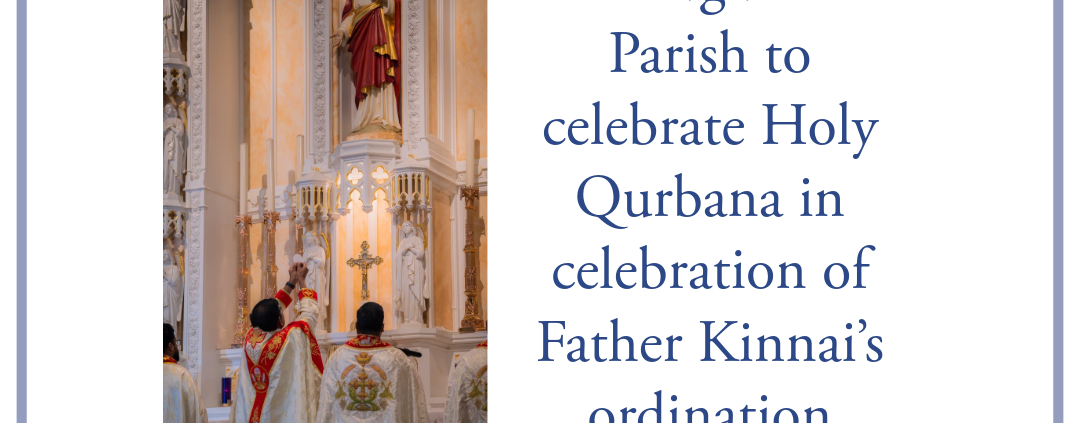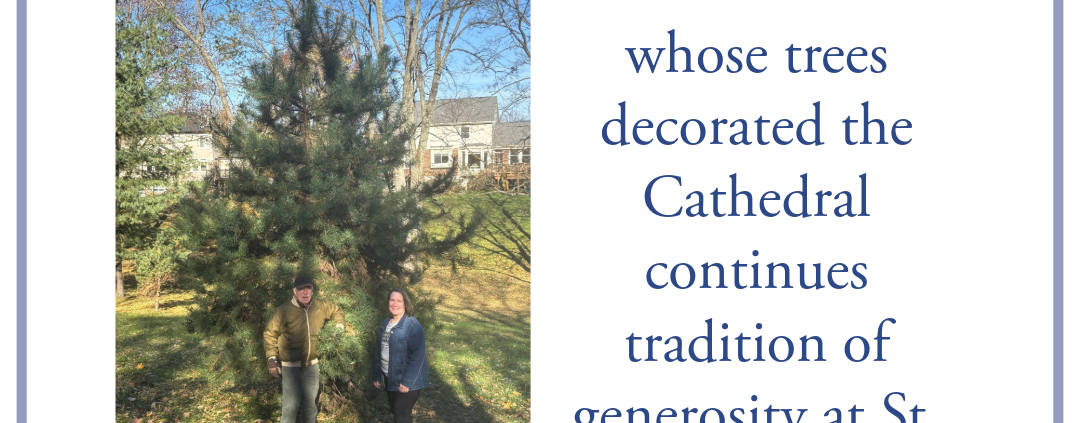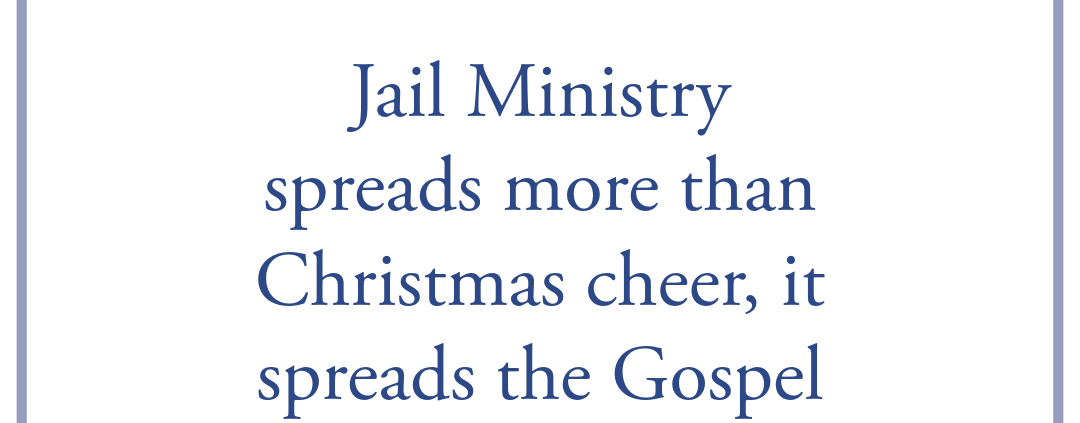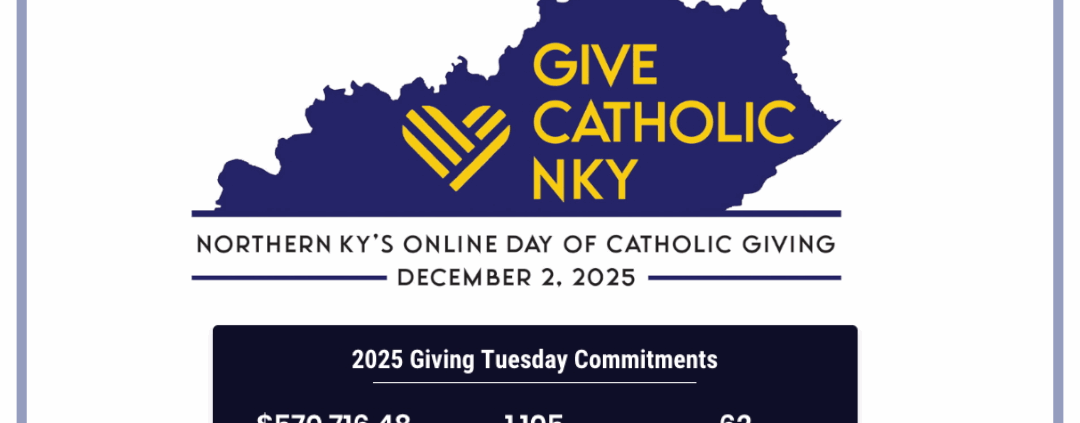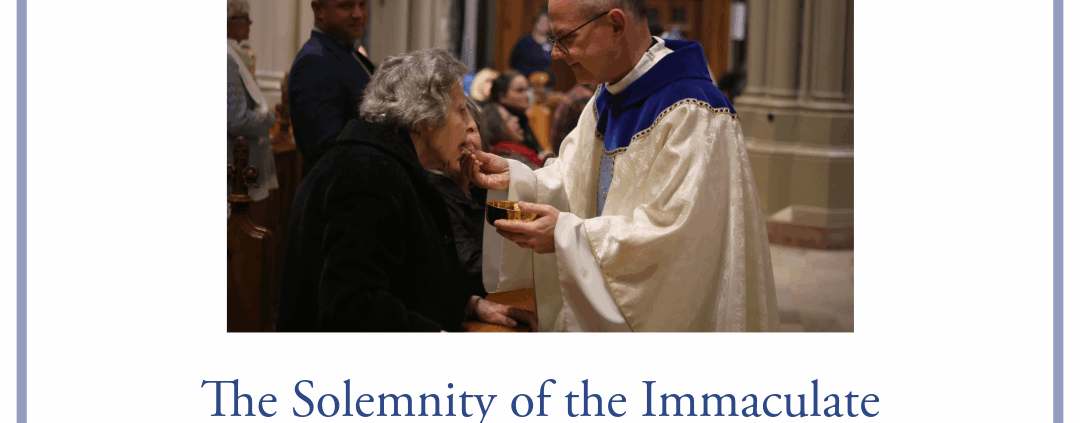St. Augustine Parish to celebrate Holy Qurbana in celebration of Father Kinnai’s ordination anniversary
Bella Bailey
Multimedia Correspondent
Father Niby Kannai, pastor, St. Augustine Parish, Covington, will be bringing a piece of home to St. Augustine, Jan. 3, as he celebrates the eastern, Syro-Malabar, rite of the holy Mass. The Mass will be celebrated in his native language of Malayalam, with English responses from the congregation. The Syro-Malabar rite is the rite Father Kannai was born and ordained into. With the 20th anniversary of his ordination approaching, Father Kannai wanted to share the rite with his parishioners and the diocese.
Syro-Malabar is one of 24 rites in the Catholic Church, all in full communion with the Pope. It is the second largest of the eastern rites, with the Byzantine Catholic Rite being the largest.
The rite originated in India from the St. Thomas Christians after St. Thomas landed on the coast of the present-day Kerala, India, in 52 A.D. Kerala. It was known then as Muziris, an ancient port on the Malabar coast.
Part of the Syro-Malabar rite’s history is their affiliation with the Assyrian Church of the East, of whom they were under jurisdiction. Additionally, Syrian Catholics fled to India to escape persecution in Syria, said Father Kannai. This is where the name of the modern-day rite comes from, with “Syro,” recalling the ties to Syria, and “Malabar,” commemorating the landing of St. Thomas the Apostle.
The name of the Mass celebrated in the Syro-Malabar rite is Qurbana, translated to mean holy sacrifice, which is a call to the Eucharist. Father Kannai noted the differences between the Mass and the Qurbana.
“Historically, theologically, the Eastern rite is focusing on the mystery. In the liturgy, you will experience a slightly different style, the mystery aspect of the liturgy, or even the transcendental aspect of our liturgy. You will be able to see a little bit more symbols, there is a little more ringing of the bell, and some of the signs are different in Eastern Liturgy,” he said.
Perhaps the most notable difference is the standing during the consecration of the Eucharist, rather than the Latin rite tradition of kneeling.
“The altar represents us,” said Father Kannai. “The throne of God is almost the same as the Eastern rite, and standing is the primary posture of resurrection.”
Over the last six months as pastor of St. Augustine Parish, Father Kannai has shared about the Syro-Malabar rite on an individual level as questions arise. He is looking forward to sharing his home rite with all his parishioners, he said.
“I wanted to connect with my parishioners in St. Augustine,” said Father Kannai. “They may know of Father Niby but they do not know my background or how I grew up, or how I celebrated Mass growing up. I hope people are fascinated by seeing different elements of Mass in a different style, in the Eastern Rite.”

